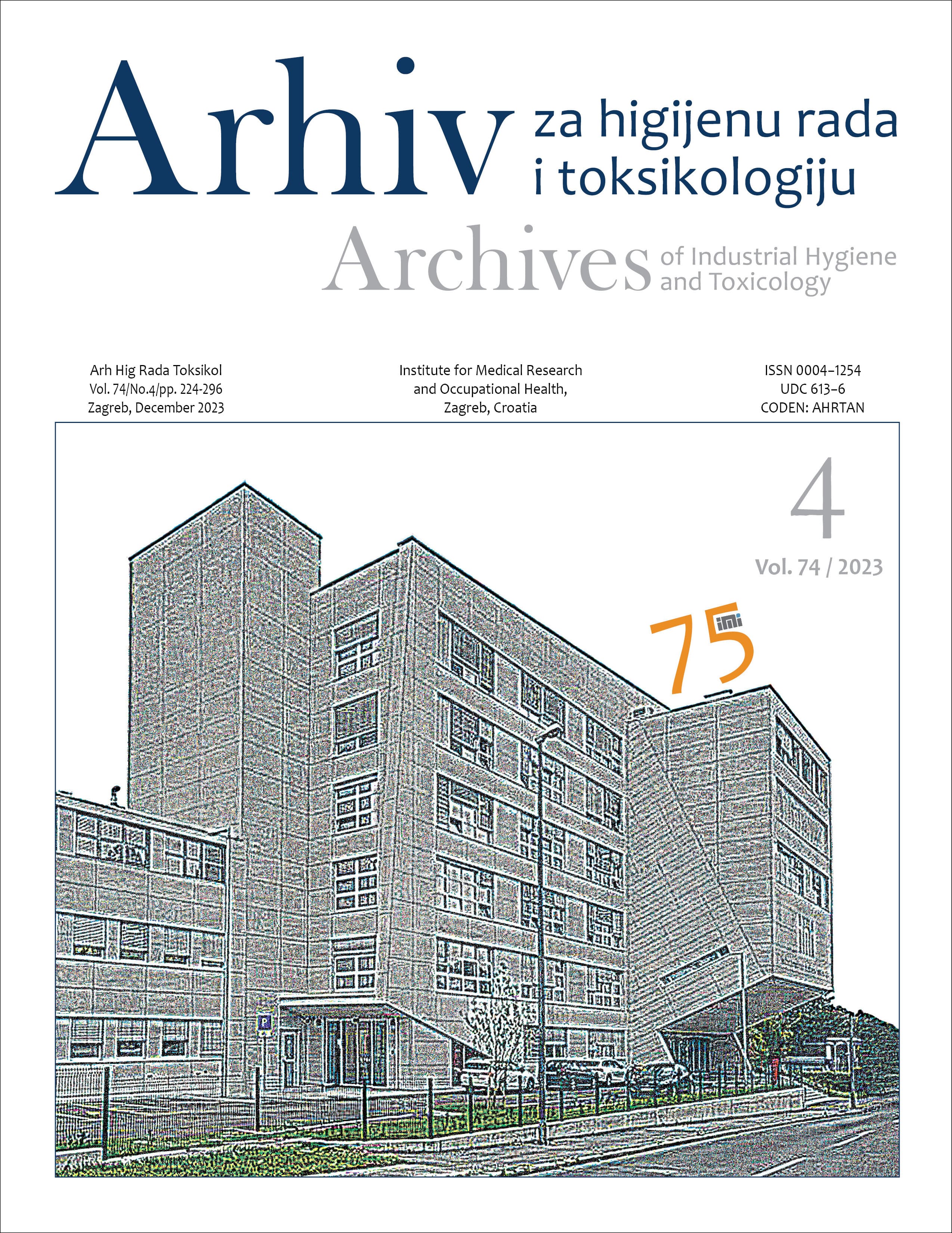Recent findings and advancements in the detection of designer benzodiazepines: a brief review
DOI:
https://doi.org/10.2478/aiht-2023-74-3771Keywords:
adinazolam, clonazolam, deschloroetizolam, diclazepam, etizolam, flualprazolam, flubromazepam, flubromazolam, mass spectrometry, metabolism, phenazepam, pyrazolam, toxicologyAbstract
This review article takes a closer look at a new class of psychoactive substances called designer benzodiazepines (DBZs) and the challenges of their detection. These are adinazolam, clonazolam, deschloroetizolam, diclazepam, etizolam, flualprazolam, flubromazepam, flubromazolam, phenazepam, and pyrazolam. They are central nervous system depressants and sedatives that can cause psychomotor impairment and increase the overdose risk when combined with other sedatives. DBZs undergo phase I and II metabolism similar to traditional benzodiazepines, but their specific metabolic pathways and the influence of genetic polymorphisms are yet to be clarified. Advances in liquid chromatography-tandem mass spectrometry (LC-MS/MS) have enhanced the method’s sensitivity for DBZs and their metabolites in biological samples and coupled with improved blood sampling methods require less blood for drug monitoring. Further research should focus on elucidating their pharmacokinetic properties and metabolism in humans, especially in view of genetic polymorphisms and drug interactions that could inform clinical treatment choices. Even though we have witnessed important advances in DBZ detection and measurement, further refinements are needed to expand the scope of detectable DBZs and their metabolites. All this should help toxicological research to better identify and characterise the risks of chronic and polydrug abuse and facilitate clinical, forensic, and regulatory responses to this growing issue.














